Greatest mysteries: what is consciousness?
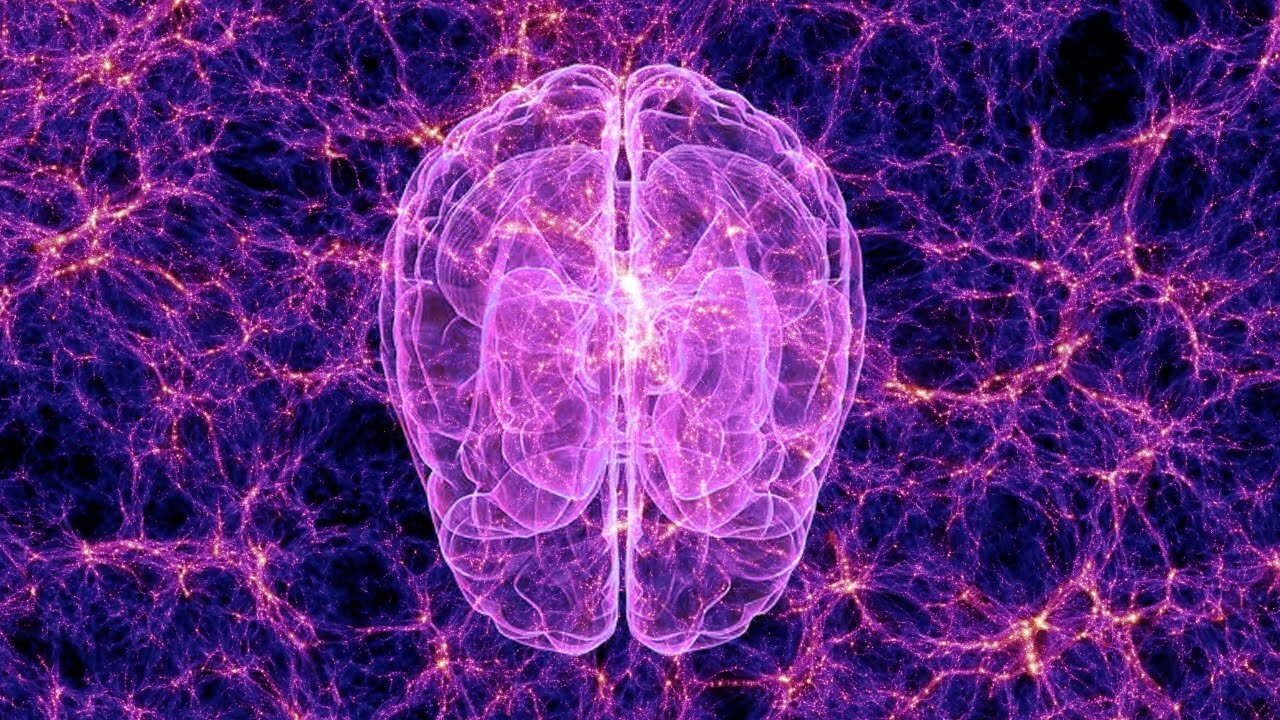 Source:
Source:
What is consciousness? Yes, actually, everything. This melody stuck in my head, the sweetness of chocolates, throbbing pain from a toothache, wild love, knowing that all the feelings ever fade. The origin and nature of these experiences, sometimes called qualia, has been a mystery from the earliest days of antiquity until the present time. Many modern philosophers, analyzing intelligence, including Daniel Dennett of tufts University, believe the existence of consciousness is so flagrant insult to the meaningless universe of matter and void as to declare it an illusion. That is, they either deny the existence of qualia, or assert that science could never understand.
If this statement was true, we had nothing to say. All that's necessary would be to explain to Christopher Koch, who wrote this essay, this is why you, I and everyone else firmly believe that the feeling is still there. However, the belief that pain is an illusion, the pain will not diminish. So, there must be another solution to the problem of body and mind. Hereinafter in the first person.
Most scientists take consciousness as a given and seek to understand its relationship with the objective world described by science. More than a quarter of a century ago Francis Crick and I decided to postpone a philosophical discussion on the topic of consciousness that has attracted scientists since the time of Aristotle, and to look for physical prints. What happens to the excited portion of the substance of the brain, which produces consciousness? Once we understand this, we approach the solution of more fundamental problems.
We are looking for, in particular, the neural correlates of consciousness (NCC, NCC), defined as the minimal neural mechanisms, which will be sufficient for any one specific conscious experience. What needs to happen in your brain that you have experienced toothache, for example? Do some nerve cells to vibrate at a certain magical frequency? Do I need to activate some special "neurons of consciousness"? In what areas of the brain must be those cells?
thethe Neural correlates of consciousness
When defining the nqs, it is important to understand where low. The brain as a whole can be considered NKS: it generates the experience of day-to-day, non-stop. But the seat of consciousness can be additionally fenced. Take, for example, the spinal cord is long and flexible "hose" with neurons jammed into the bone, with a billion nerve cells. If the spinal cord is completely damaged during the injury in the neck, they become paralyzed in the legs, arms and torso, he can't control the bowels and bladder and lose the feeling of the body. But such paralyzed continue to enjoy life in all its diversity – they see, hear, smell, experience and remember everything as it was before the unfortunate incident. Only I can't go, well, arbitrarily defecate.
Or consider the cerebellum, "little brain" under the rear part of the brain. This is one of the most ancient circuits of the brain from the point of view of evolution, involved in the control of movement, posture, gait and complex movement sequences. Playing the piano, printing, ice dancing or climbing – all of this activity is determined by the work of the cerebellum. There are great neurons – Purkinje cells, which have antennae, and which spread like a sea coral, and have complex electrical dynamics. Also it most neurons, about 69 billion, four times more than in other parts of the brain put together.
What happens to the mind if the brain is partially damaged as a result of the stroke or under a surgeon's knife? Nothing. Patients with a damaged cerebellum complain about some of the deficits, not that good at playing the piano or typing on the keyboard, but never lose any aspects of consciousness. They hear, see and feel good, maintain self-esteem, remember the events of the past and continue to project yourself into the future. Even without the birth of the cerebellum exerts a strong influence on the conscious experience of the individual.
Turns Out, a huge cerebellar camera is irrelevant to the subjective experience. Why? Important clues can be found in his diagram, which is very uniform and parallel (in the same way as batteries can be connected in parallel). The cerebellum works is straightforward: one set of neurons affects the next, and he passes the baton to the third. There are no complicated feedback loops that affect passing electrical activity. (Considering the time required for the development of conscious perception, most theorists believe that this should include feedback loops in the cavernous schemes of the brain). In addition, the cerebellum is functionally divided into a hundred or more independent computational modules. Each of them works in parallel, with a separate, non-overlapping inputs and outputs, controlling the movement of different motor or cognitive systems. They weakly interact – and the consciousness, on the contrary, requires the mutual involvement of many systems.
One important lesson we have learned from studying the spinal cord and the cerebellum, is that the Genie of consciousness appears whenever excited by any nervous tissue. Need more. This additional factor is found in the gray matter that makes up the famous cortex, the outer surface. This laminated sheet is a complex, interconnected neural tissue, the size and width with a 14-inch pizza. Two such sheet,many times folded, together with their hundreds of millions of wires – a white substance is closely Packed into the skull. All the evidence suggests that neocortically fabric produces feelings.
It is Possible to further narrow the seat of consciousness. Take, for example, experiments in which the right and left eyes affected by different stimuli. Suppose the left eye is looking at Donald trump and the right for Hillary Clinton. One would imagine that people will see is a superposition of trump and Clinton. In reality, you will see trump a few seconds then it disappears and appears Clinton. Then it will disappear and return a trump. Two images will replace each other endlessly because of binocular rivalry – the war between the eyes for the championship. As the brain receives a dual input, he can't choose between trump and Clinton.
If, at the same time, you will lie in a magnetic scanner that registers brain activity, experimenters will find that a wide range of areas of the cortex – posterior parietal cortex – would play a significant role in monitoring what we see. Remarkably, the primary visual cortex, which receives and transmits information received from the eyes, and does not signal that sees the subject. The same division of labour is true of sound and touch: the primary auditory and primary somatosensory cortex did not directly affect the content of auditory or somatosensory experience. Instead, the process includes a next phase in the active area of the posterior parietal cortex which gives rise to conscious perception.
More light shed two clinical source of causation: electrical stimulation of tissue of the cortex and the study patients after the loss of specific areas in the process of injury or illness. For example, before removing a tumor of the brain or the locus of epileptic seizures, neurosurgeons Carteret function of nearby tissues of the cortex, directly stimulating the electrodes. Stimulation of the back of the hot zone may cause the flow of sensations and feelings. It can be flashes of light, geometric shapes, faces, auditory or visual hallucinations, a feeling of deja vu, the urge to move a specific limb, etc. Stimulation of the front part of the cortex is another matter: by and large, it does not cause any direct experiences.
The Second source of information to patients, neurologists from the first half of the 20th century. Sometimes surgeons had to cut out a large belt of the prefrontal cortex for the removal of tumors or to ease epileptic seizures. It is noteworthy how unusual these patients. The loss of part of his frontal lobe had some adverse effects: patients developed a reluctance to keep unacceptable emotions or actions, lack of motility, uncontrolled repetition of actions or words. However, after the operation, they got better and they continued to live without any signs of loss or deterioration of conscious experience. Conversely, the removal of even small areas of the back cortex, where the hot zones, could lead to a whole class of problems with consciousness: patients could not recognize faces, detect movement, colors, or to navigate in space.
Thus, one might think that the views, sounds, and other sensations of life that we experience, are born in areas of the back cortex. As far as we can tell, almost all conscious experiences appear there. What is the fundamental difference between back regions and mostly the prefrontal cortex, which does not directly affect subjective content? We don't know. However, a recent discovery indicates that neurobiologists may be close.
theCounter consciousness
Medicine in need of a device that can reliably identify the presence or absence of consciousness in humans incapable or violations. During surgery, for example, patients are immersed in anesthesia to remain still and stable blood pressure – this allows them to not feel pain and not to get traumatic memories. Unfortunately, this goal is possible to achieve not always: every year hundreds of patients somehow remain conscious under anesthesia.
Another category of patients who have severe traumatic brain injury due to an accident, infection or severe poisoning, can live for years, unable to speak or respond to verbal requests. Imagine an astronaut floating in space who listens to the control center, trying to contact him. It damaged the microphone does not transmit voice and he seems to be completely detached from the world. Similarly, patients with a damaged brain, not allowing them to communicate with the world, feel extreme form of solitary confinement.
In the early 2000s, Giulio Tononi from the University of Wisconsin-Madison and Marcello Massimini from the University of Milan in Italy invented the technique of zip-zap, is designed to determine whether conscious or not. Scientists put the coil wires on the skull and "sweep" her – send in the skull with a powerful pulse of magnetic energy, briefly inducing an electrical current in neurons. This interference, in turn, excites and inhibits the partner cells of neurons in the United regions, the wave sweeps through the brain, yet will not fade. Network EEG sensors placed outside the skull, it reads these electrical signals. Razvernulas with time, these traces, each of which corresponds to a specific location in the brain under the skull, are added to the picture.
This picture is notshows no patterns, but is not completely random. It allows you to determine how brain-free consciousness, the rhythms. Scientists quantitatively assess these data, compressing them into the archive in the normal algorithm .zip, and get the complexity of the reaction of the brain. The volunteers who woke up was "index perturbational complexity" between 0.31 0.7, which fell below the level of 0.31 at a deep sleep or anesthesia. Massimini Tononi, and tested their method on 48 patients who were brain-damaged, but which was responsive and awake, and found that in each case the method allows to determine the presence of consciousness in humans.
The group Then applied the method to the 81 patient who was minimally conscious or were in a vegetative state. In the first group, which showed some signs of non-reflexive behavior, the method accurately identified 36 people in the minds of the 38. Two of the patients he falsely identified the unconscious. Of the 43 patients in a persistent vegetative state who did not respond, 34 were labeled as unconscious, but 9 – conscious. Their brains responded similarly to the brains of those who were conscious, and so they were awake but could not notify their relatives.
Current research aims to standardize and improve the method of "zip-zap" for neurological patients and disseminating it to patients, psychiatrists and pediatricians. Sooner or later scientists will discover a certain set of neural mechanisms that give rise to any conscious experiences. Although these findings will have important clinical implications and will help families and friends, they will not be able to answer fundamental questions: why these neurons, and not those? Why this frequency and not on the other? Exciting all the mystery is how and why any organized pieces of active substances give rise to conscious sensations. In the end, the brain as any other organ, is subject to the same laws of physics as the heart and kidneys. What makes them different? What makes Biophysics grey mass grey matter in the Grand Technicolor and the richness of sound that endow our everyday experience with the world?
In the end, we need a satisfactory scientific theory of consciousness, which predict the conditions under which any given physical system, whether complex circuit of neurons or of silicon transistors – are beginning to experience in the truest sense of the word. Why is the quality of these experiences will be different? Why clear blue sky so different from the squeal badly tuned violin? Is there a function of these differences in the experiences, and if so, what? Such a theory will allow us to determine which experiences will have separate systems. Before any talk about machine consciousness will be based solely on our intuition, which shows scientific history, an unreliable guide.
A Particularly fierce debate erupted around the two most popular theories of consciousness. One of them is the theory of global neuronal space (GNW), developed by the psychologist Bernard Baars and Stanislas neuroscientists Deane and Jean-Pierre Change. The theory begins with the postulate that when you realize this information have access the many different parts of your brain. If, on the other hand, you are acting unconsciously, the information is localized in specific sensory-motor system involved in the process. For example, when you typing fast you do it automatically. To ask you how you do it, and you will not be able to answer you have practically no conscious access to this information, and it is concentrated in the circuits of the brain that connect your eyes with a quick flick of his fingers.
theIn the direction of a fundamental theory
According to GNW, the consciousness arises from a particular type of information processing – familiar from the first days of artificial intelligence when specialized programs got access to a small, shared repositories of information. Regardless of the data written to this "Board" were made available to the various subsidiary processes: working memory, language, planning module and so on. For GNW, consciousness occurs when incoming sensory information recorded on this Board, widely broadcasted in different cognitive systems which process this data for conversation, preservation, memories or implement the action.
Since this Board is not so much space, we can simultaneously realize not much information. A network of neurons that transmit these messages are believed to be located in the frontal and parietal lobes. After sparse data broadcast network and become accessible globally, the information becomes conscious. That is, the subject is aware of it. Although modern machinery has not yet reached this level of cognitive complexity, it is only a matter of time. GNW implies that the future computers will be conscious.
The Theory of integrated information (IIT), developed Tononi and his colleagues, including me, has a completely different starting point: the experience itself. Every experience has certain intrinsic properties. It is internal, it exists only for the subject for both the "owner", it is structured (yellow bus slows down before running across the road a dog), he is specific – it can be distinguished from other conscious experience, as a separate frame in the movie. In addition, it is one and certain. When you sit on a Park bench in the warm, comelyday, watching the children play, the different parts of this experience – the breeze, singing in my hair, the joy of the laughter of your baby – you cannot divide into parts without losing the completeness of this experience.
Tononi postulates that any complex and interrelated mechanism, whose structure encodes multiple causality, will have these properties and therefore will have some level of consciousness. If, like the cerebellum, this mechanism lacks integration and comprehensiveness, he did not realize it. According to IIT, consciousness is an internal causal force, which have complex mechanisms like the human brain.
IIT also predicts that the complex modeling of the human brain, operating on a digital computer can be conscious — even if it's talking so that can not be distinguished from a real person. Just as simulation of massive gravitational attraction of a black hole will warp the space-time around the computer, the programming of the mind will never create a conscious computer.
We have Before us two challenges. One of them is to use increasingly sophisticated tools to observe and investigate the neurons, to look for consciousness in these neurons. In decades to come, given the Byzantine complexity of the Central nervous system. Another task is to confirm or refute the two dominant theories. Or to build the best fragments of these two and explain how polutorametrovy body gives us the full experience.
Recommended
What will be the shelter for the first Martian colonists?
Mars is not the friendliest planet for humans While the Red Planet is roaming rovers, researchers are pondering the construction of shelters and materials needed by future Martian colonists. The authors of the new paper suggest that we could use one ...
New proof of string theory discovered
Just a few years ago, it seemed that string theory was the new theory of everything. But today the string universe raises more questions than answers String theory is designed to combine all our knowledge of the Universe and explain it. When she appe...
What is the four-dimensional space?
Modeling camera motion in four-dimensional space. View the world in different dimensions changes the way we perceive everything around, including time and space. Think about the difference between two dimensions and three dimensions is easy, but what...
Related News
Greatest mysteries: what is space-time?
People always take the space for granted. In the end, it's just emptiness — the capacity for anything else. Time is also ticking continuously. But physicists are people, they always need something to complicate it. Regularly tryin...
"Naked" fossil of a creature at half a billion years has forced scientists to think
Scientists have discovered fossil remains of an unusually large "naked" sea creatures that lived in the oceans half a billion years ago. This creation belongs to a mysterious and confusing group of animals, known under the Latin n...
Scientists have developed a method of extraction of uranium from sea water
the Scientists made a scientific breakthrough that could open the door to a new method of production and source of nuclear fuel – the World ocean, which contains accumulated over a long time chemical. Check a special fiber that al...
The voice of Stephen Hawking was sent into space
a Message from the English giant of astrophysics Stephen Hawking sent to the nearest black hole during a solemn funeral in Westminster Abbey, which took place on Friday, June 15. A specially written composition with his famous syn...
CERN is starting a major upgrade to extract more data from the collisions of atoms
the world's largest particle accelerator is launching a major update which would allow us to extract 10 times more data and help in revealing the secrets of physics. European organization for nuclear research, aka CERN, began work...
Scientists have successfully extracted water from the air in the desert
the Scientists were able to collect water from dry desert air. They only require heat from the sun. The invention can change the lives of the 2.1 billion people who lack clean drinking water. The main advantage of the invention is...
How difficult is it to conquer the quantum nature of matter?
Matt Trusheim includes a switch in a dark laboratory, and powerful green laser illuminates a tiny diamond, held in place under the lens of a microscope. On the computer screen appears an image of a diffuse gas cloud dotted with br...
Is there a limit to scientific knowledge?
"what we observe is not nature itself, but nature presented to our method of observation", wrote German physicist Werner Heisenberg who first realized the uncertainty inherent in quantum physics. For those who see in science a dir...
To obtain fuel from the air and clean up the planet? Easy!
the Amount of carbon dioxide in the Earth's atmosphere is growing steadily, so the question of air purification our planet is becoming increasingly urgent. But why not use this gas to create a fuel and at the same time save the pl...
The fourth type of neutrino really exists. Confirmation is not far off
the Ghostly particles neutrino, discovered in the course of the experiment in Illinois, behave strangely, indicating the existence of additional neutrinos. If this is confirmed, we are waiting for revolution and the emergence of a...
The minerals showed that the young Mars was full of snow, ice and volcanoes
the Climate of Mars at the beginning of his story — the subject of fierce disputes. What was the Red planet: warm and humid or cold and snowy? The new study, published in Icarus, speaks in favor of the latter. Today we know that M...
What is the "Tetris Effect" and how games use this phenomenon
«Tetris» is one of the most video games of all time. This fall, the analogue of the game will be released on PlayStation 4 and it will use a phenomenon which is called «Effect of Tetris». Actually, that's what ...
Found the first ancestor of snakes and lizards that lived 240 million years ago
Scientists have discovered the oldest fossil, which is believed to be the earliest known ancestor of snakes and lizards. Fossil species Megachirella wachtleri was back in 2003 in the mountain range of the Dolomites in Italy. Howev...
#video | the Inhabitant of Novosibirsk invented a wheelchair controlled by thought
Modern technology should not only improve the lives of ordinary people, but also to help those who, for one reason or another can not live a full life. For example, recently a graduate of the Novosibirsk state technical University...
New data on eruption in Hawaii: increased lava flows and the first victim
for three weeks as Kilauea spews lava on the big island. It all started with who got to the residential areas of the island. After that, volcanologists suggested the possibility of a drop in the level of lava in the crater. At the...
UK opens centre to implement artificial intelligence in the military sphere
Until recently, artificial intelligence has found its application only in research and, if I may say so, the "domestic" aspects of our lives. But now increasingly, you can hear that AI will be integrated in the military sphere. Fo...
Danish scientists have made chips from jellyfish
We are not accustomed to the use of jellyfish in food, and in Asia they are already considered a recognized delicacy. Probably for us, they are not so well suited as a food, but Danish scientists have taken to fix it. They found a...
How close to each other can be two alien civilizations?
On the planet Earth, orbiting the Sun, we are the only intelligent life. Somewhere else in the Solar system could exist microbial life, but intelligent, complex, diverse, and complex life is unlikely. Intelligent aliens, if they i...
A sociologist from Tinder and Bumble about what makes people attractive
Dr. Jess Carbino worked in the popular Dating service Tinder. She now works in another service, called Bumble. She is constantly studying people who wish to meet and have a relationship, and today she can tell that many of them ar...
At the funeral of Stephen Hawking are waiting for time travelers
March 14, 2018, at the age of 76 years died the famous physicist, changed the attitude to science for millions of people around the world. On Saturday I opened the service, offering to issue a ticket to everyone to attend a memori...



















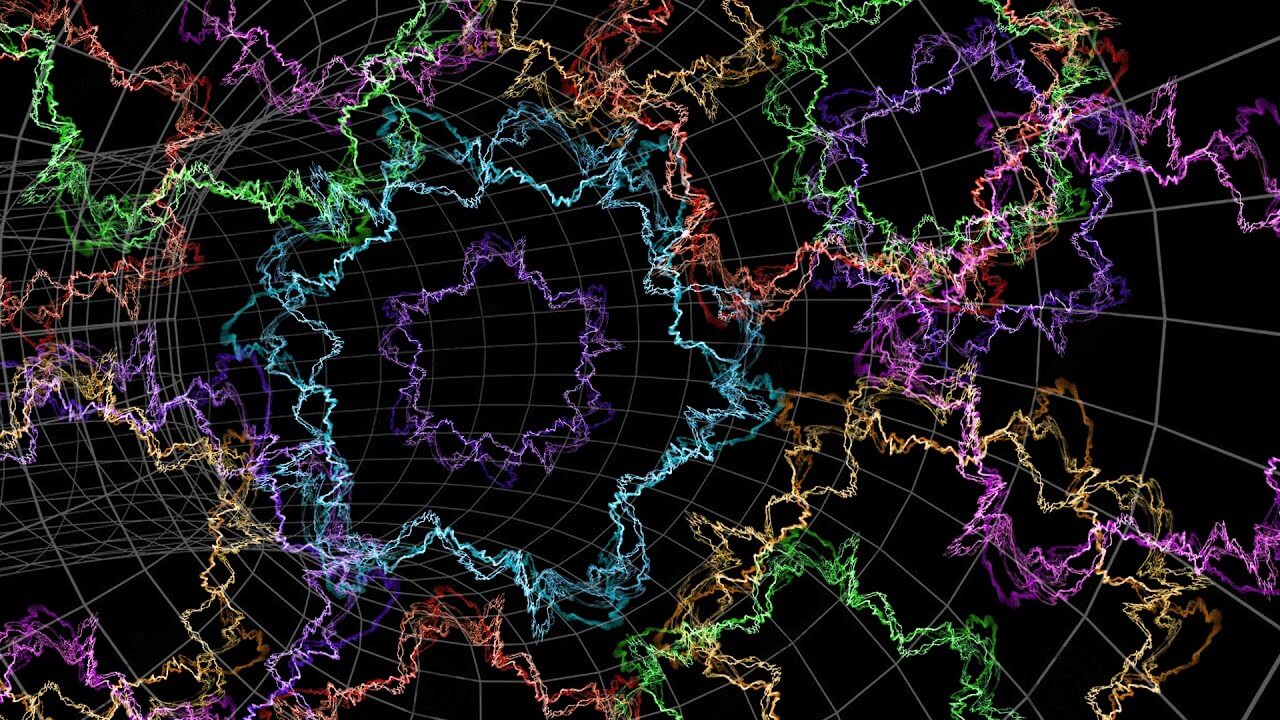
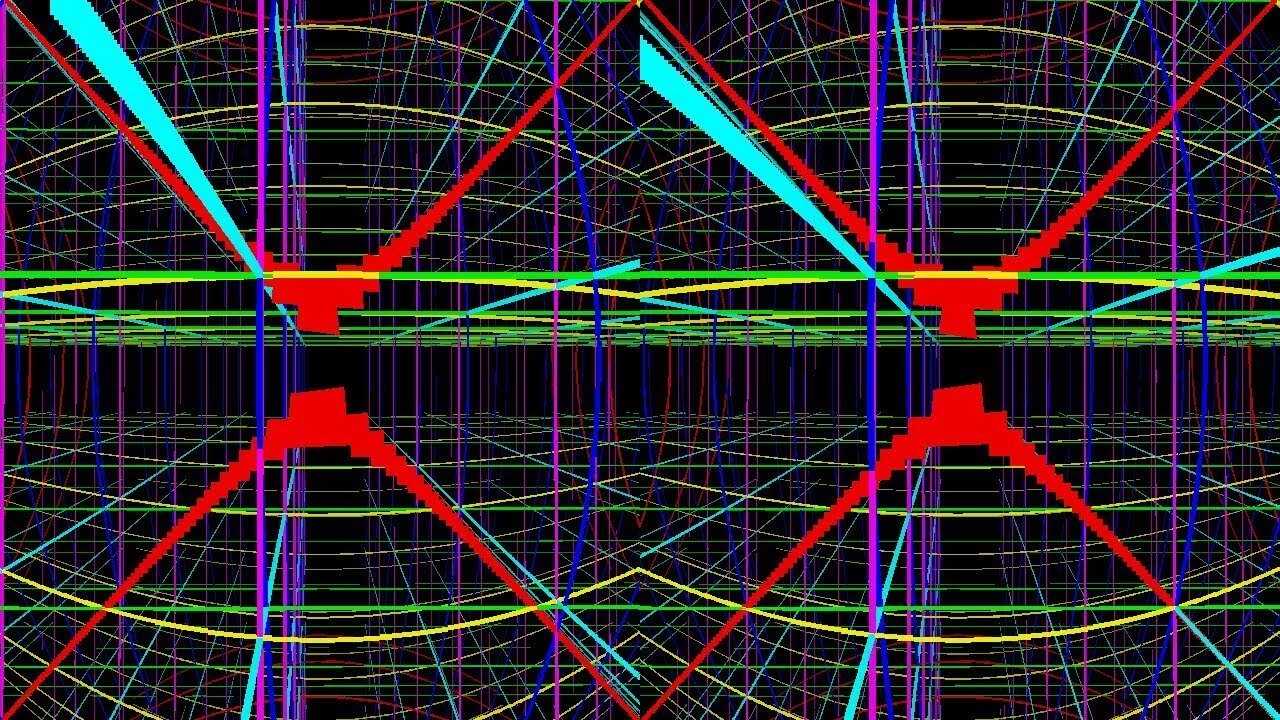
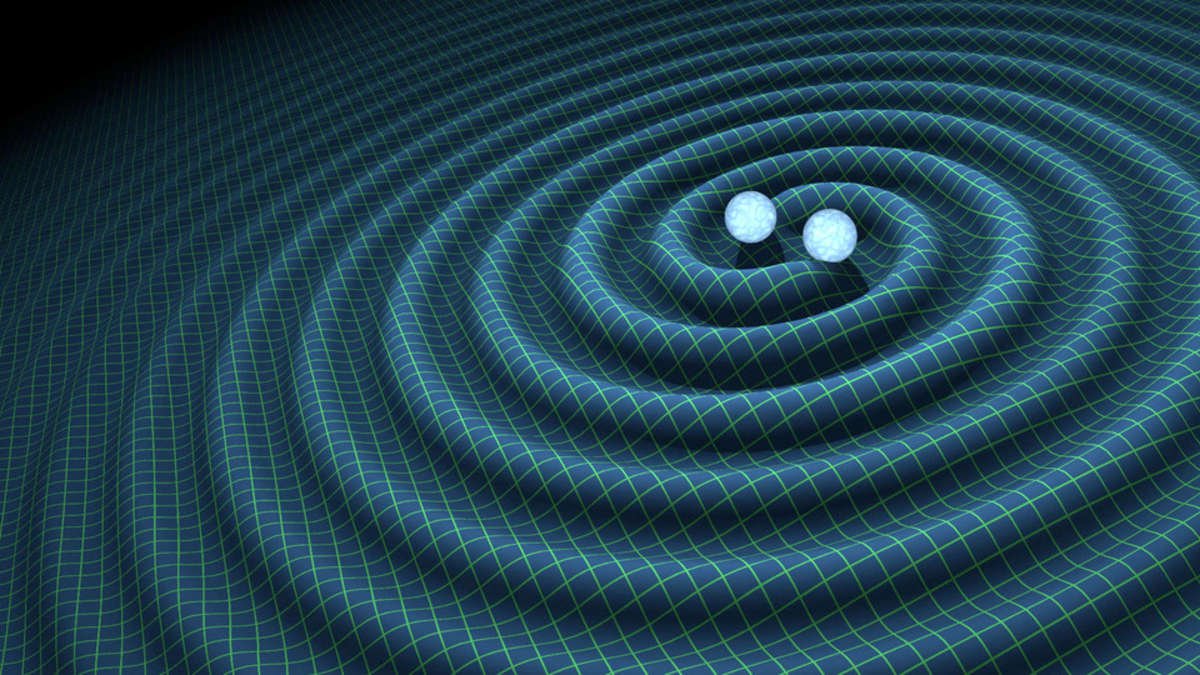
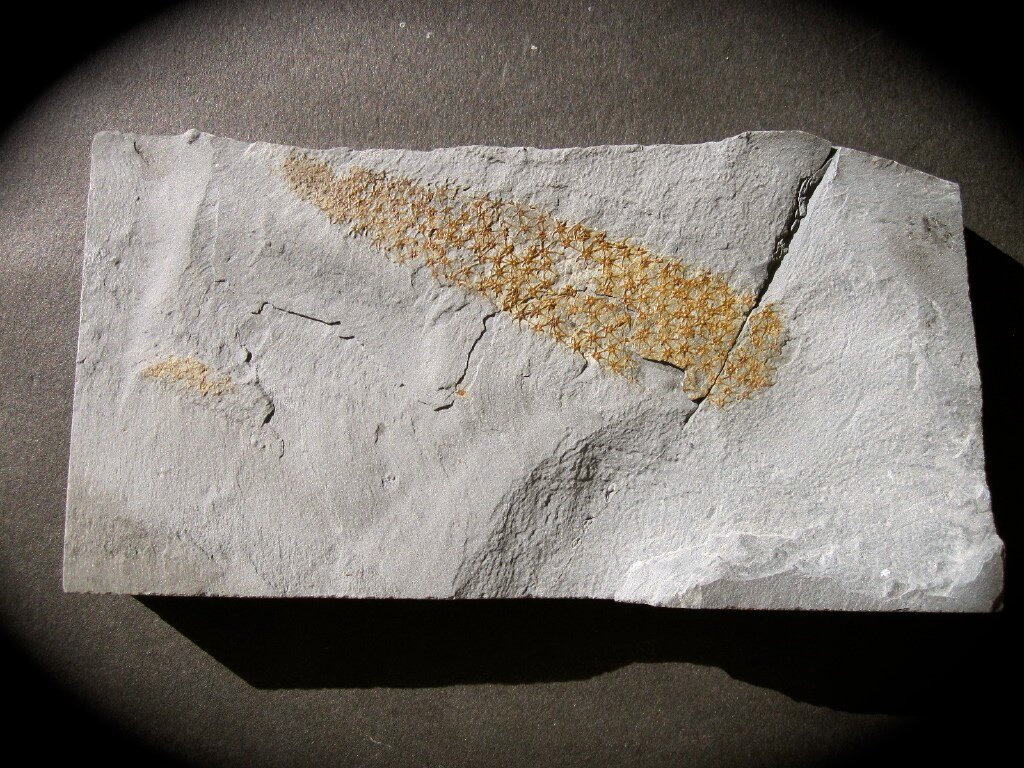

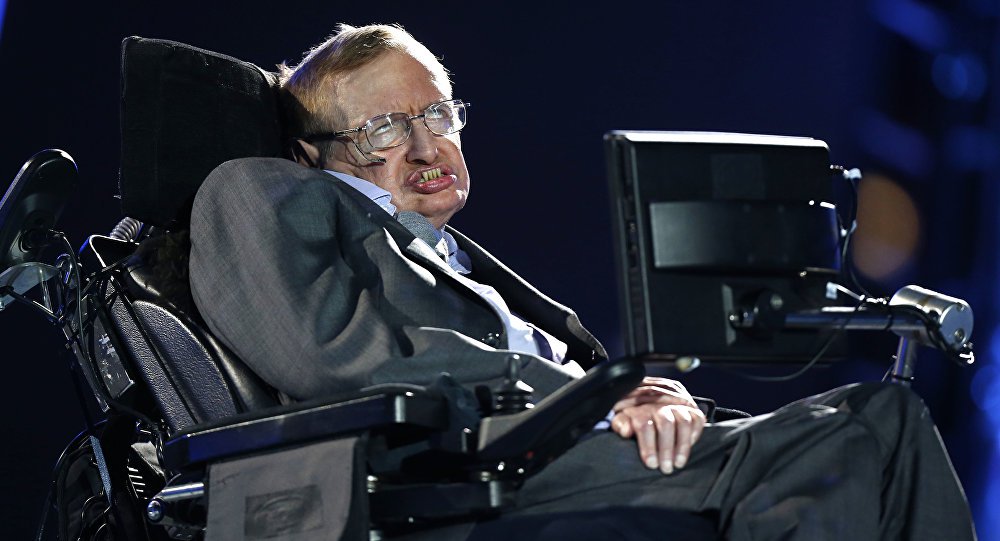
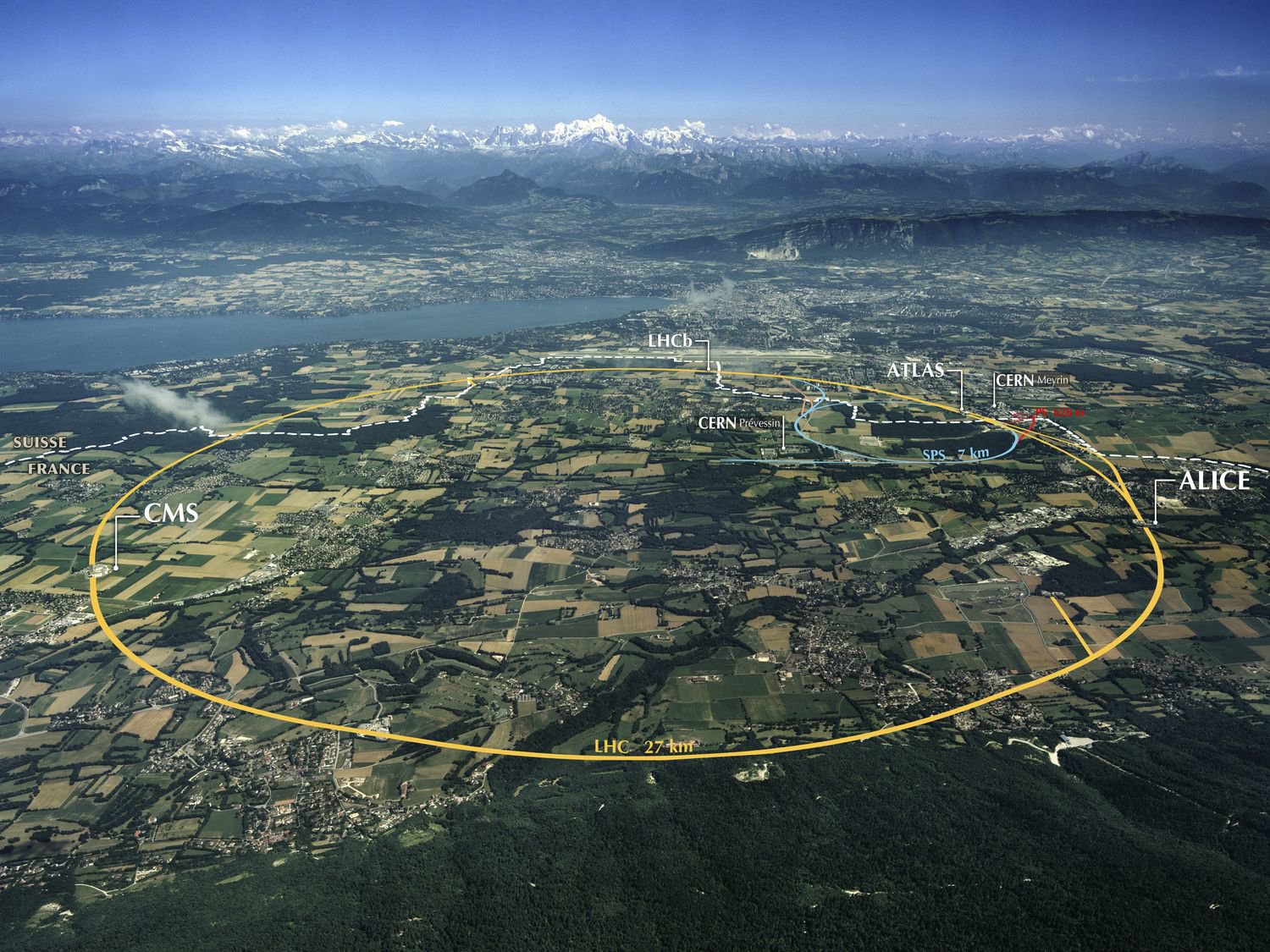
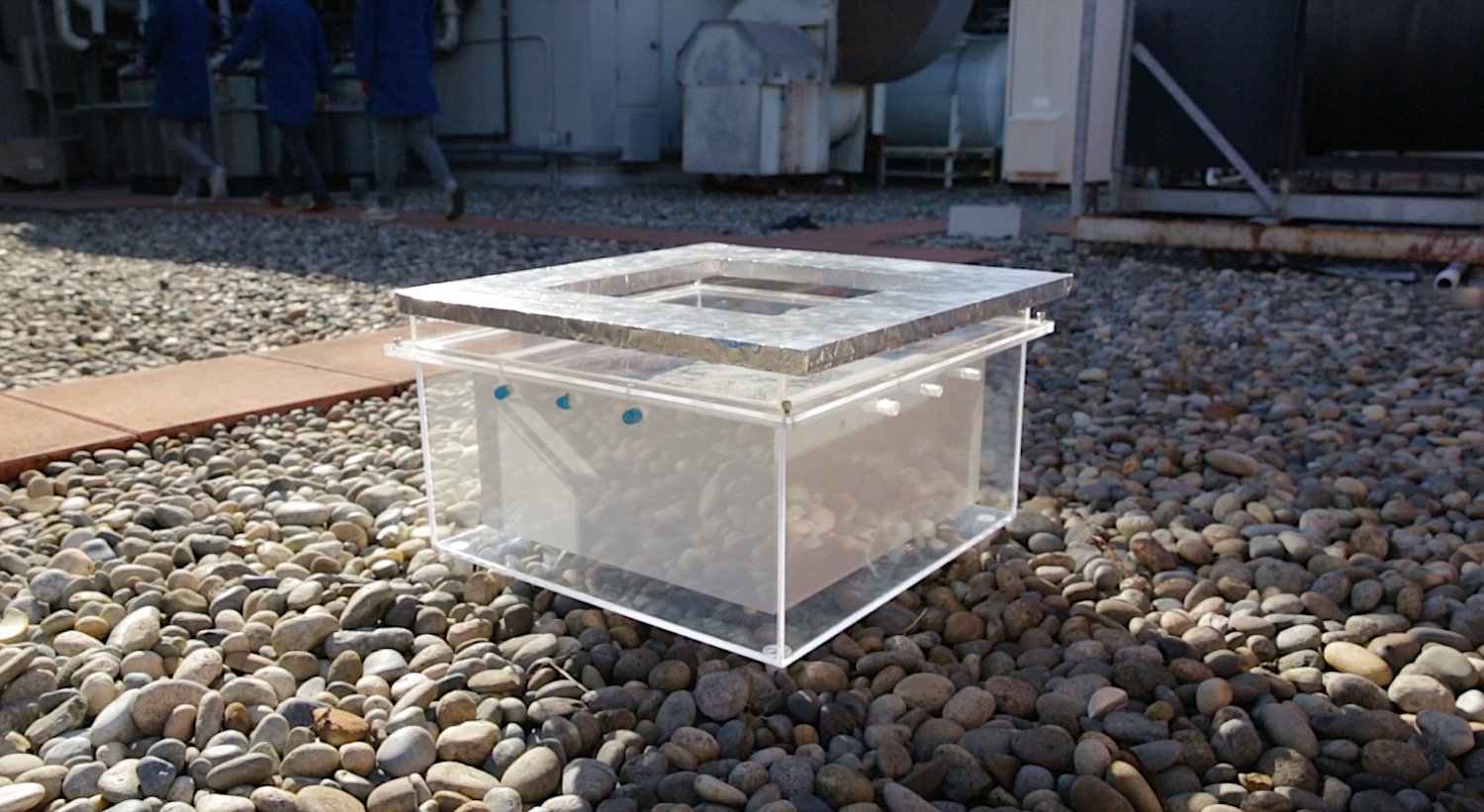
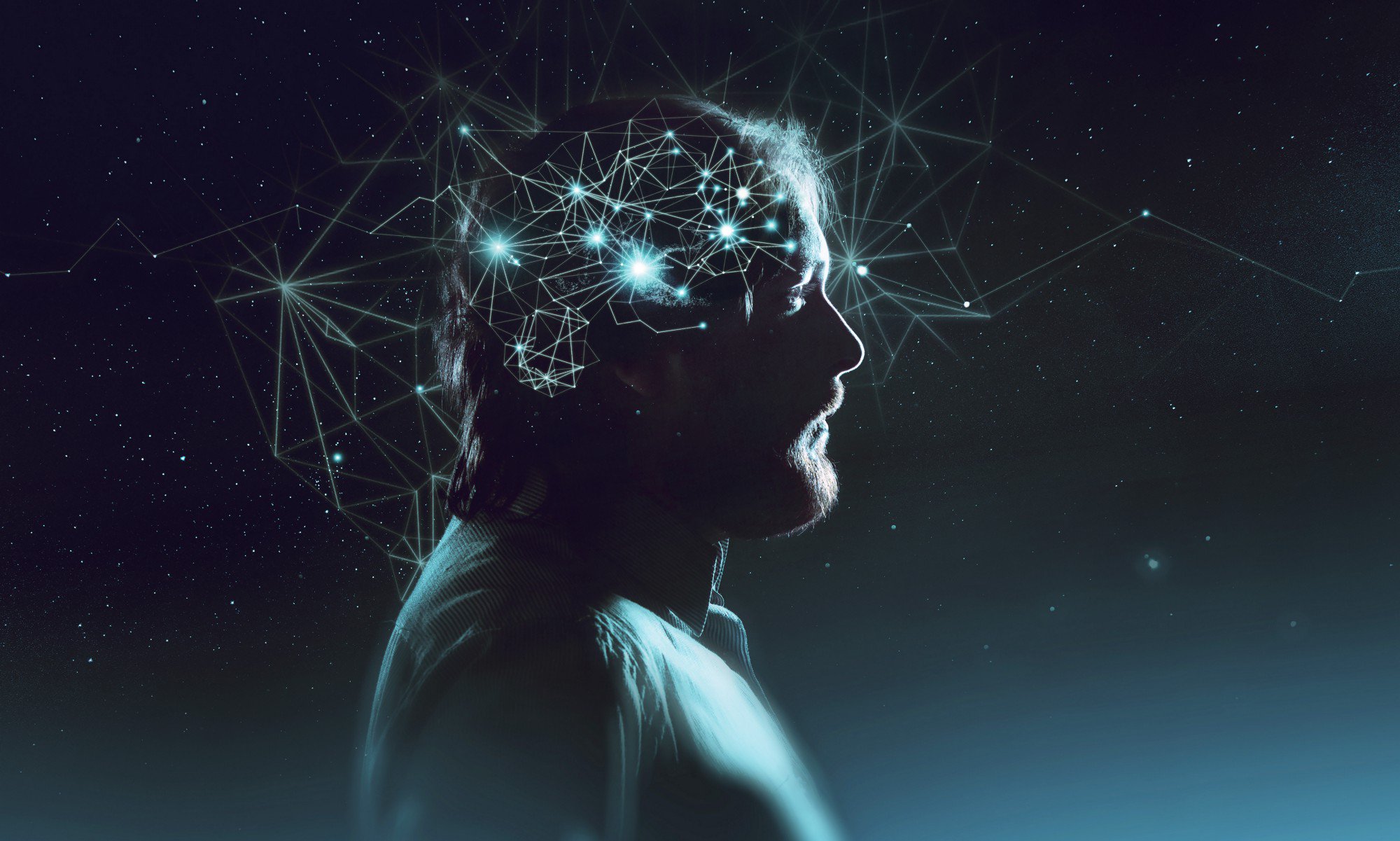
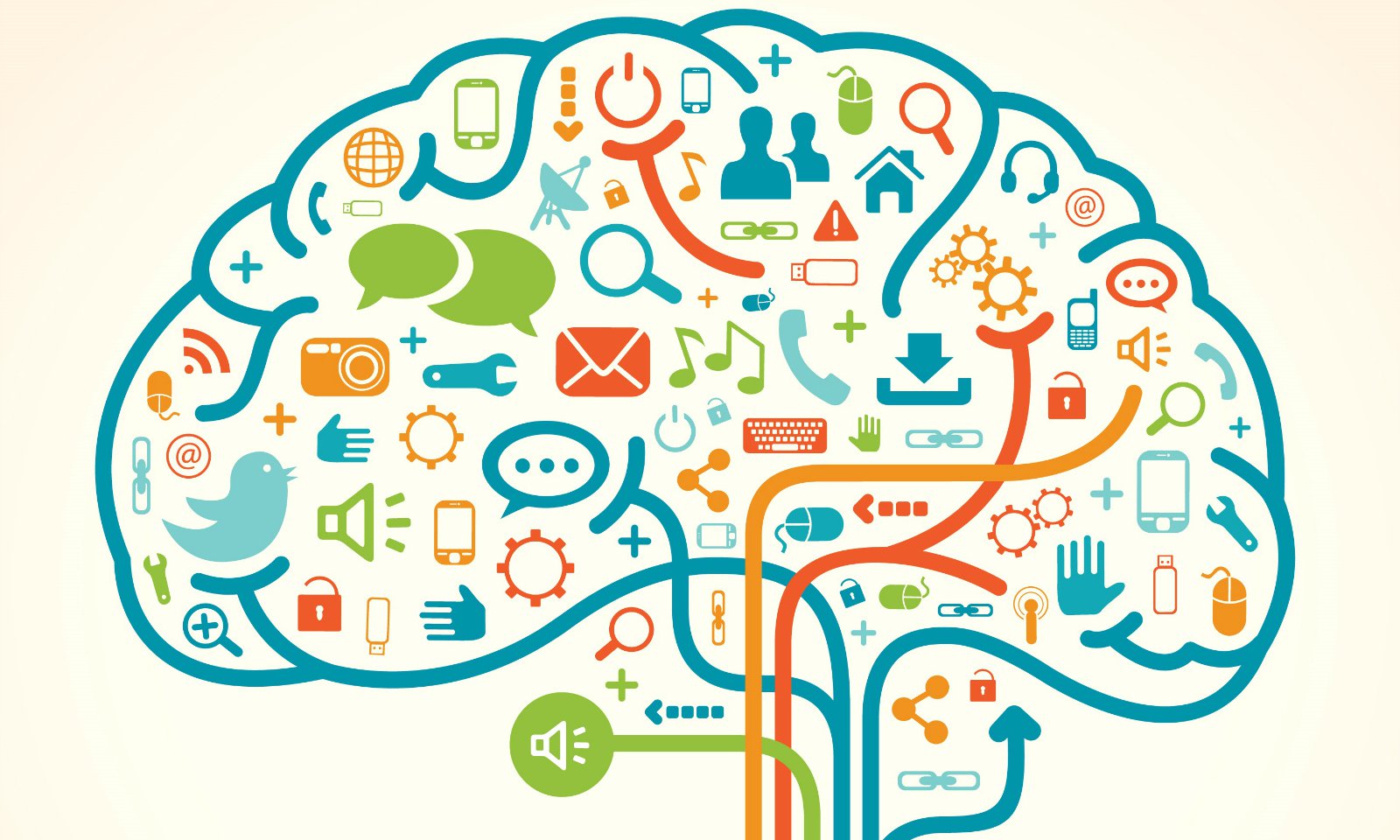

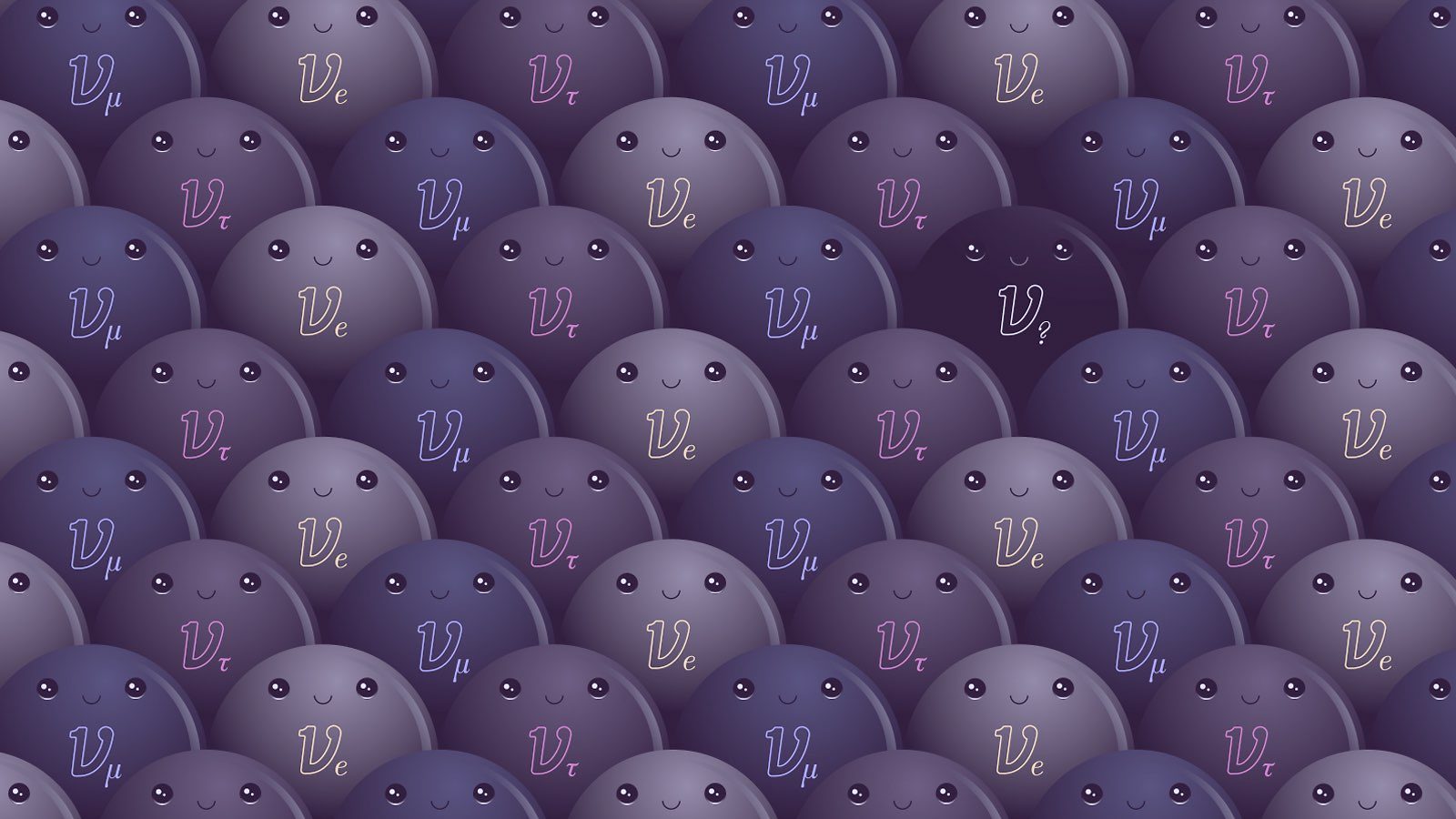

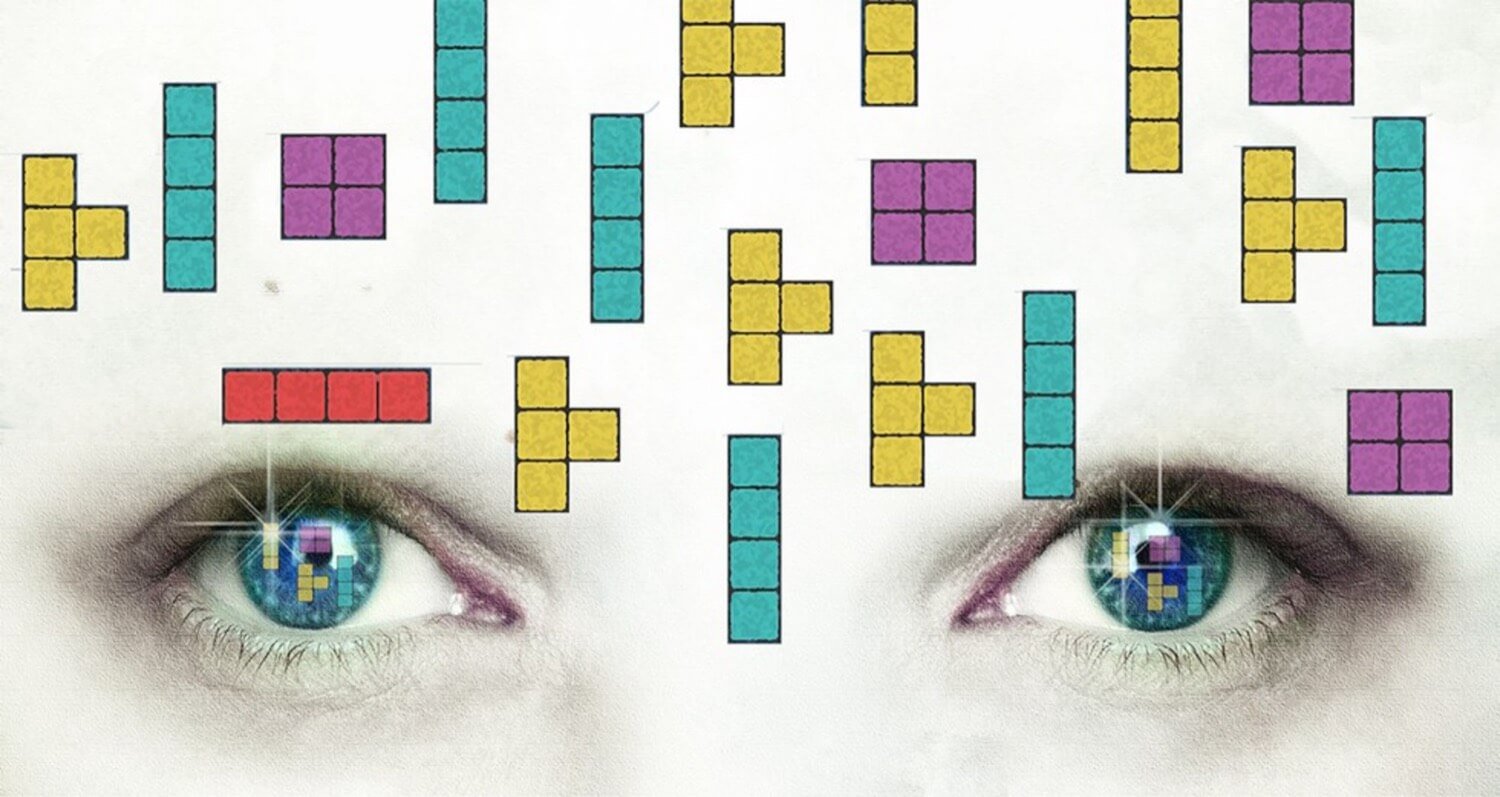

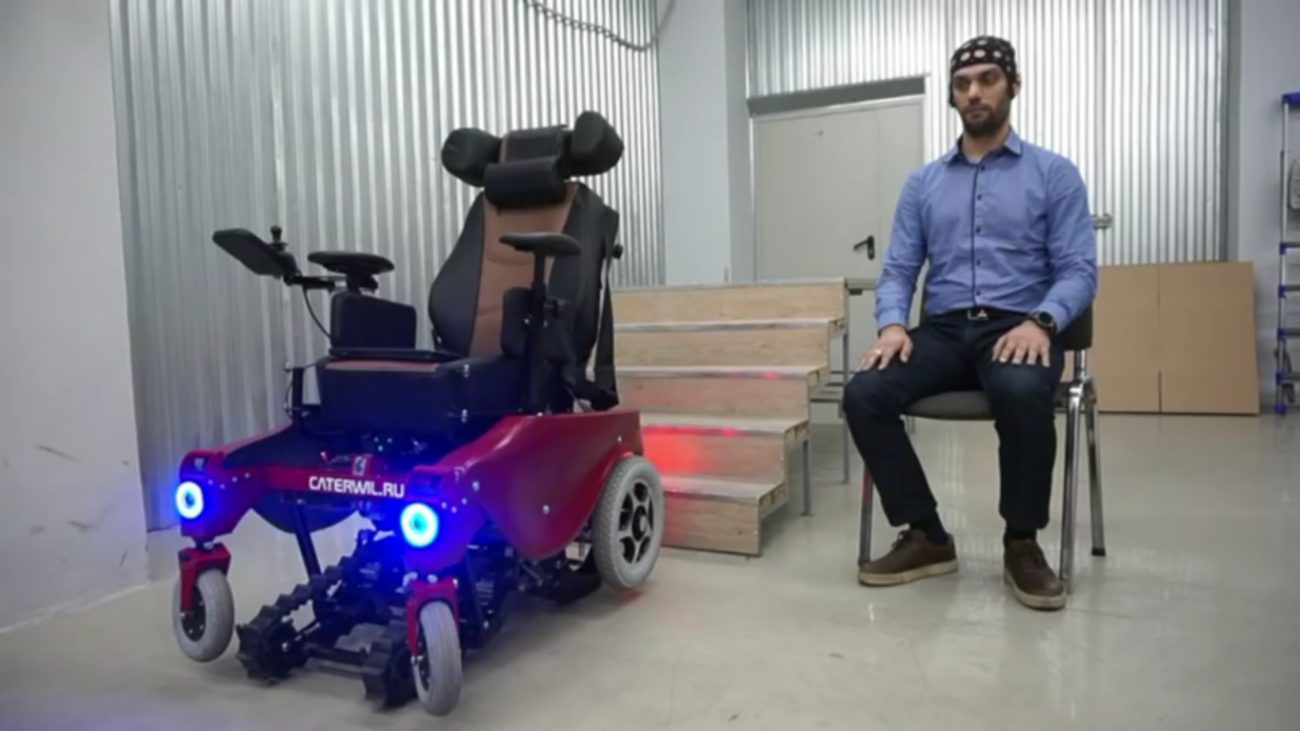
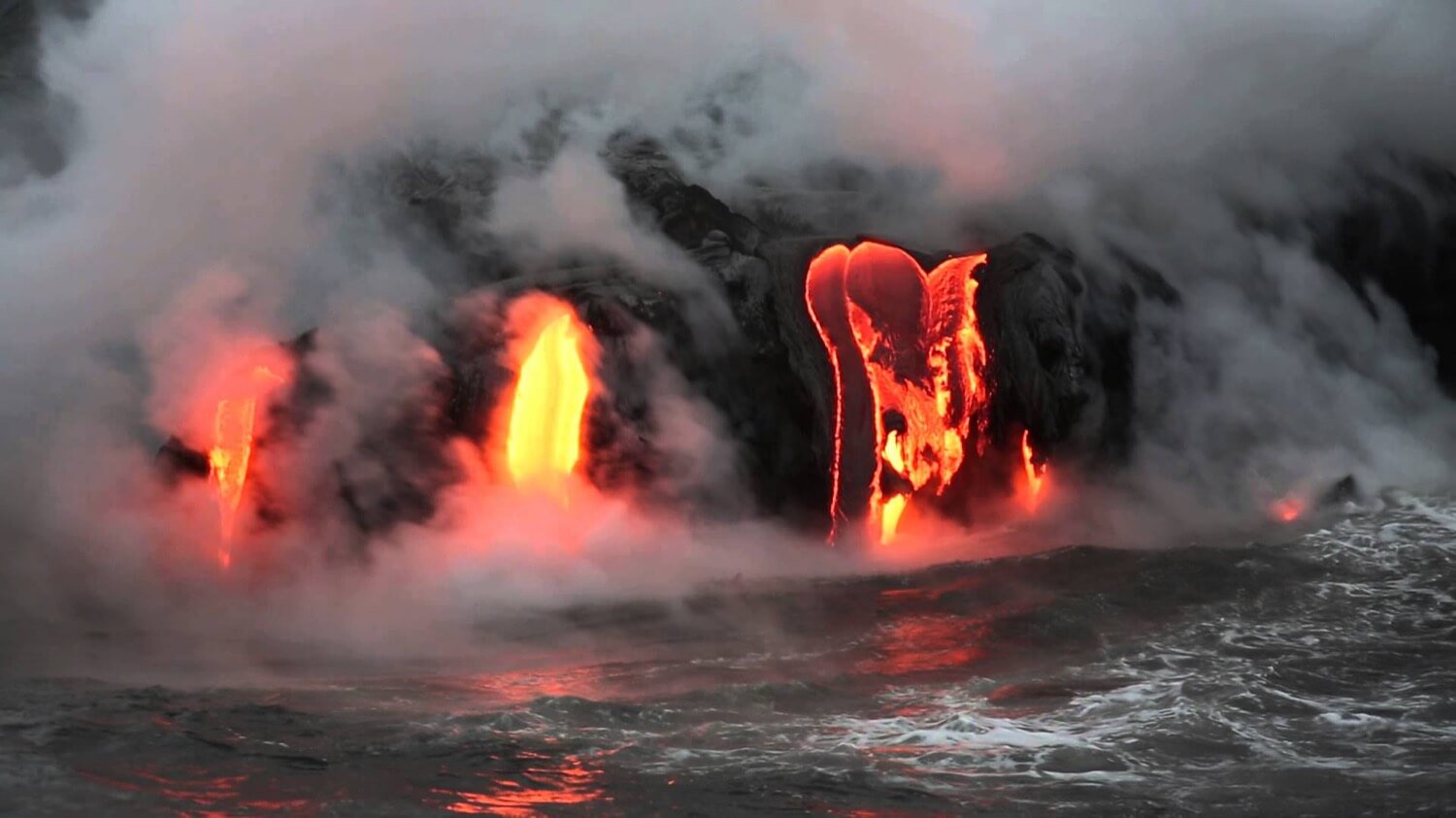
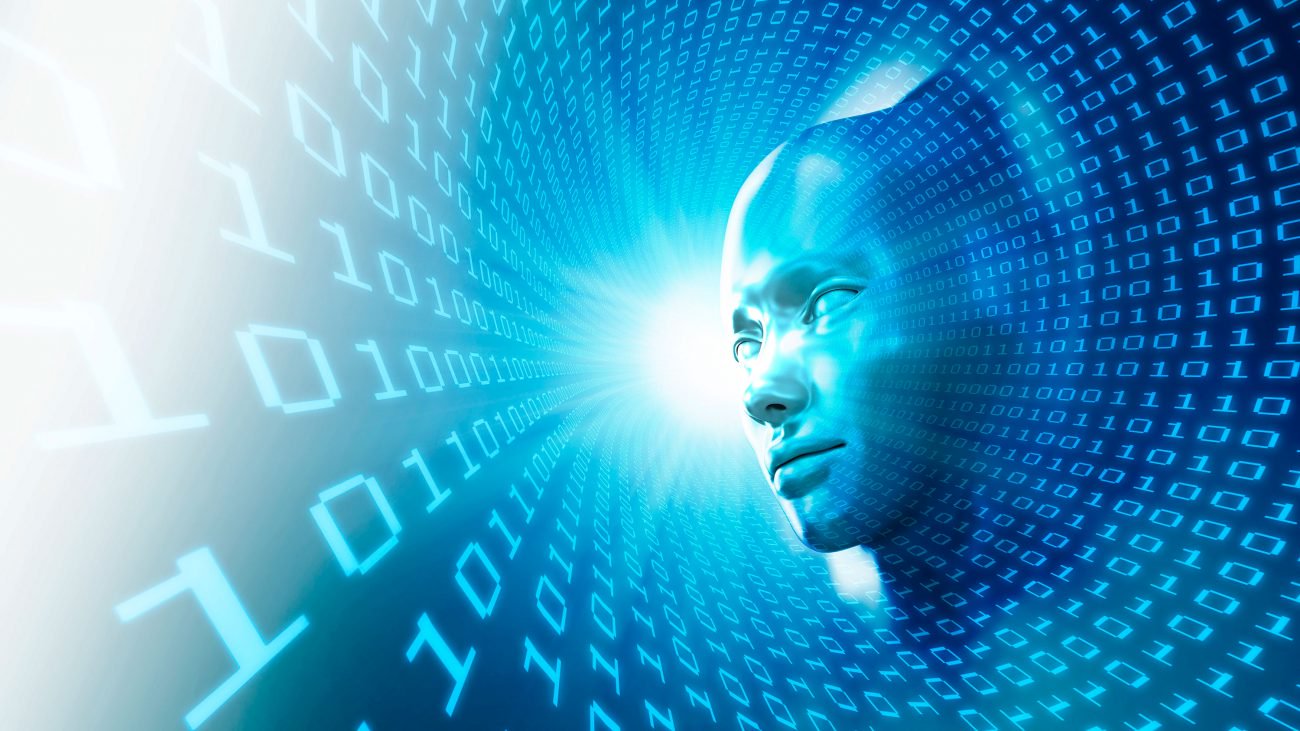
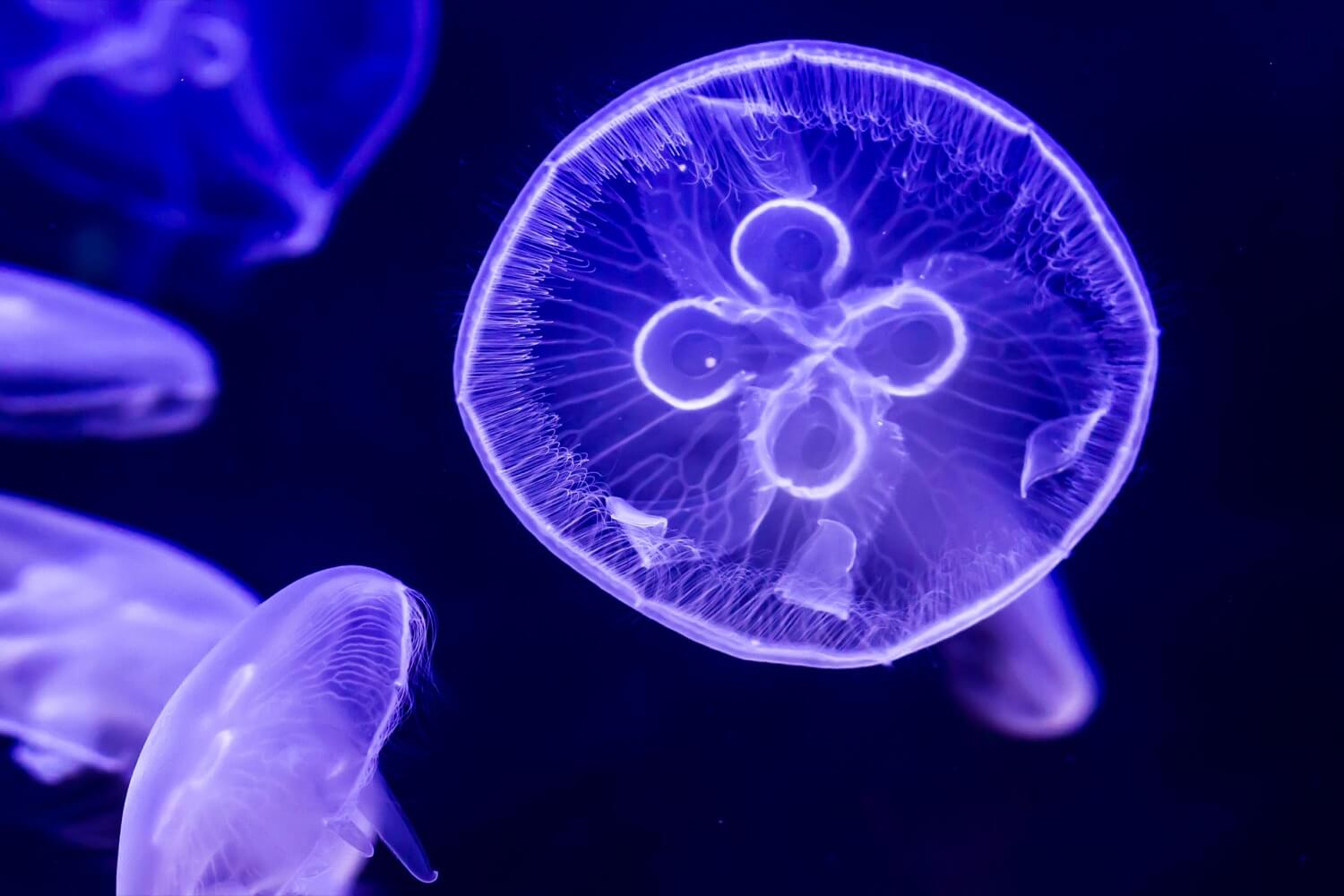

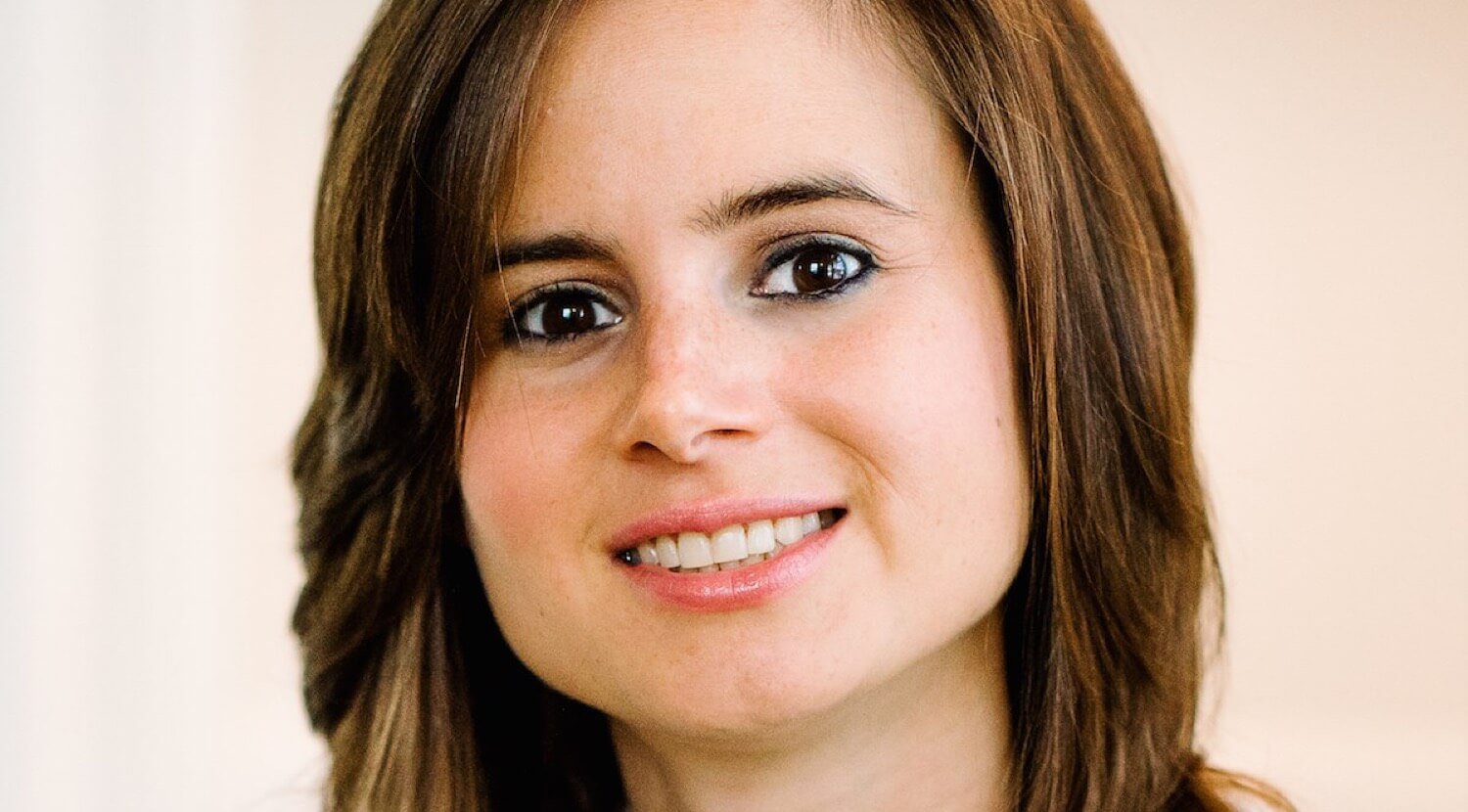
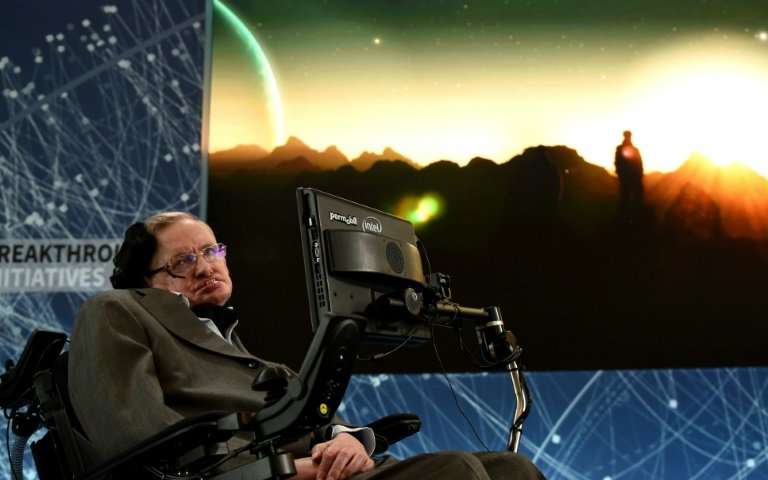
Comments (0)
This article has no comment, be the first!